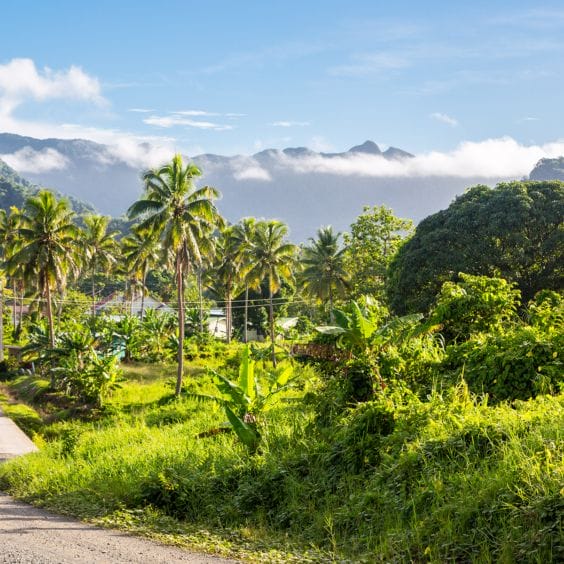Component 5
Monitoring and reporting
Monitoring ongoing and planned financial flows is crucial to ensure sufficient resources are distributed appropriately to meet climate objectives. Reporting can offer significant input for future iterations of investment planning and mobilization outputs. The process of monitoring and reporting introduces transparency and accountability to public spending, facilitates coordination with investors and finance partners, and improves decision-making for future investment planning, prioritization, and mobilization.
The responsibility for leading the monitoring and reporting effort should ideally rest with a central government agency that has the authority and capacity to oversee and coordinate across various sectors and ministries. Given their broad oversight of financial flows and budgeting processes, this role will typically be best suited to the ministry of finance or a similar central body, such as a national CFU. This entity would be responsible for collecting and analyzing data on financial allocations and expenditures related to climate objectives so that reporting is consistent, transparent, and aligned with national priorities. By centralizing this function, the lead entity can effectively coordinate with line ministries, finance partners, and other stakeholders, ensuring that monitoring and reporting activities contribute to more informed and strategic climate investment decisions.

Step 12
Establish and communicate the monitoring strategy
Embedding the monitoring strategy into the policy implementation frameworks and communicating it to relevant stakeholders enhances transparency and institutional buy-in, potentially generating incentives for stakeholders to provide the required information promptly. The rationale for the monitoring strategy is to track progress, improve the process over time, and engage current institutions and partners in this effort.
Example: Colombia developed one of the first functional climate finance MRV systems in Latin America as part of its efforts to implement its NDC and strengthen transparency under the Paris Agreement. Led by the National Planning Department (DNP), with support from the Ministry of Environment and the Ministry of Finance, the system aimed to track, quantify, and report financial flows—both public and private—directed toward climate mitigation and adaptation. Supported by partners such as the NDC Partnership, Green Climate Fund, UNDP, GIZ/EUROCLIMA, plus others, the MRV system established a methodological framework, criteria for tagging climate-related expenditures, and a digital platform to capture and analyze data. It was also aligned with Colombia’s Green Taxonomy to ensure consistency in sustainable investment classification. The system significantly enhanced inter-institutional coordination and provided the technical foundation for Colombia’s Biennial Transparency Reports to the UNFCCC.
Step 13
Identify stakeholders for data collection and assess and address gaps to deliver required data
Identifying the public bodies that need to regularly collect information, determining what information they require, and understanding and addressing their needs for regular updates are key to monitoring and reporting progress. It is equally important to ensure these efforts are integrated into existing efforts to sustain data collection and monitoring activities. This integration enhances monitoring efficiency and supports the process’s long-term sustainability.
Example: São Tomé and Príncipe conducted extensive stakeholder engagement to mainstream its monitoring strategy and ensure consistency in progress tracking. The tracking takes place individually by each institution, which submits its progress reports to the General Direction for Planning (DGP), the main coordinating body. This allows the DGP to monitor the financial plan and have a medium- and long-term perspective on potential gaps that need to be addressed.
Step 14
Develop a monitoring tool
Countries can opt to establish a centralized monitoring tool to track progress to encompass all relevant financial flows. This tool should accurately represent the sources of secured financing and align with the process of matching these financing sources. Having a single monitoring tool for tracking progress toward mitigation and adaptation targets and financing facilitates coordination with stakeholders and the ongoing review of financing priorities. The development of such a monitoring tool presents an opportunity for comprehensive data collection and tracking, which can extend to broader strategic objectives like gender mainstreaming. By incorporating cross-cutting indicators that go beyond financial flows, the tool can provide a more holistic view of progress, enabling countries to assess the broader impacts of their climate actions and make informed decisions that enhance the effectiveness and equity of their strategies. This holistic approach ensures that all dimensions of sustainability are considered, leading to more resilient and inclusive outcomes.
Example: Colombia communicated its climate finance MRV system through a dedicated digital platform managed by the National Planning Department (DNP), complemented by publicly available technical publications, its integration into the National Climate Change Information System (SNICC), and strong inter-institutional coordination with entities such as the Ministry of Environment and the Ministry of Finance. The system was further promoted through explanatory videos, stakeholder training workshops, and support from international partners including the NDC Partnership, GIZ, and the European Union. These efforts enhanced transparency, institutional ownership, and accountability in climate finance.
Support resources
The following resources can be considered. Explore the NDC Partnership Knowledge Portal Climate Toolbox for additional monitoring and reporting resources.
